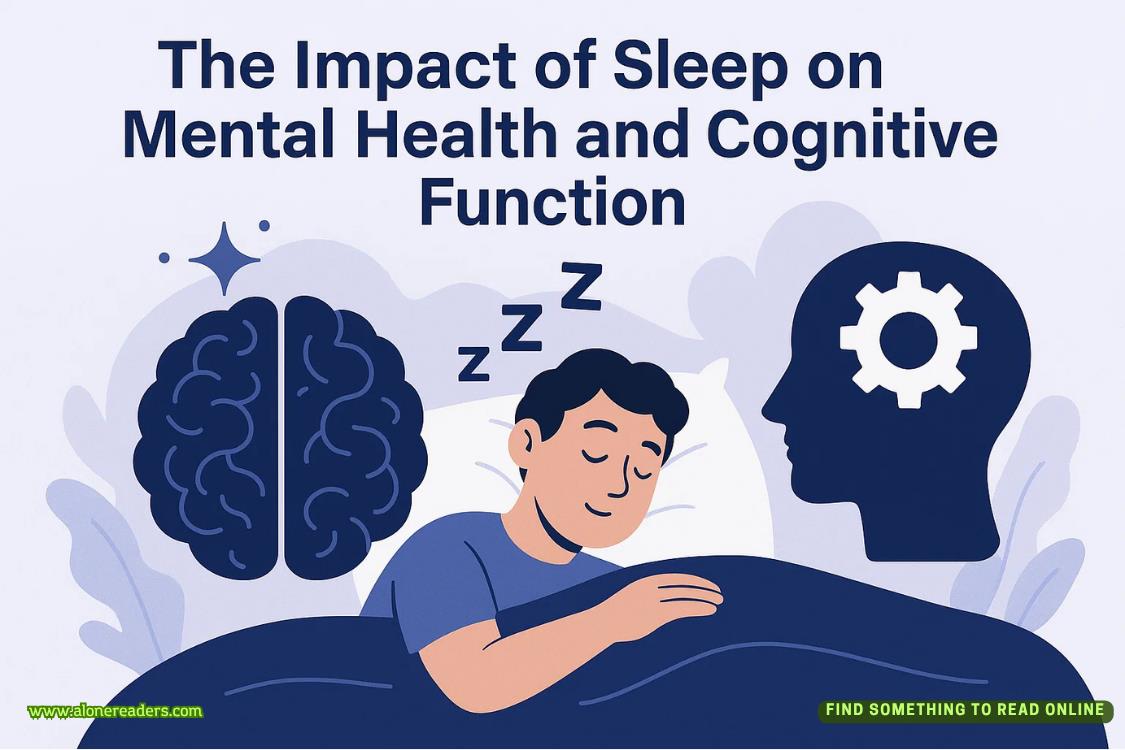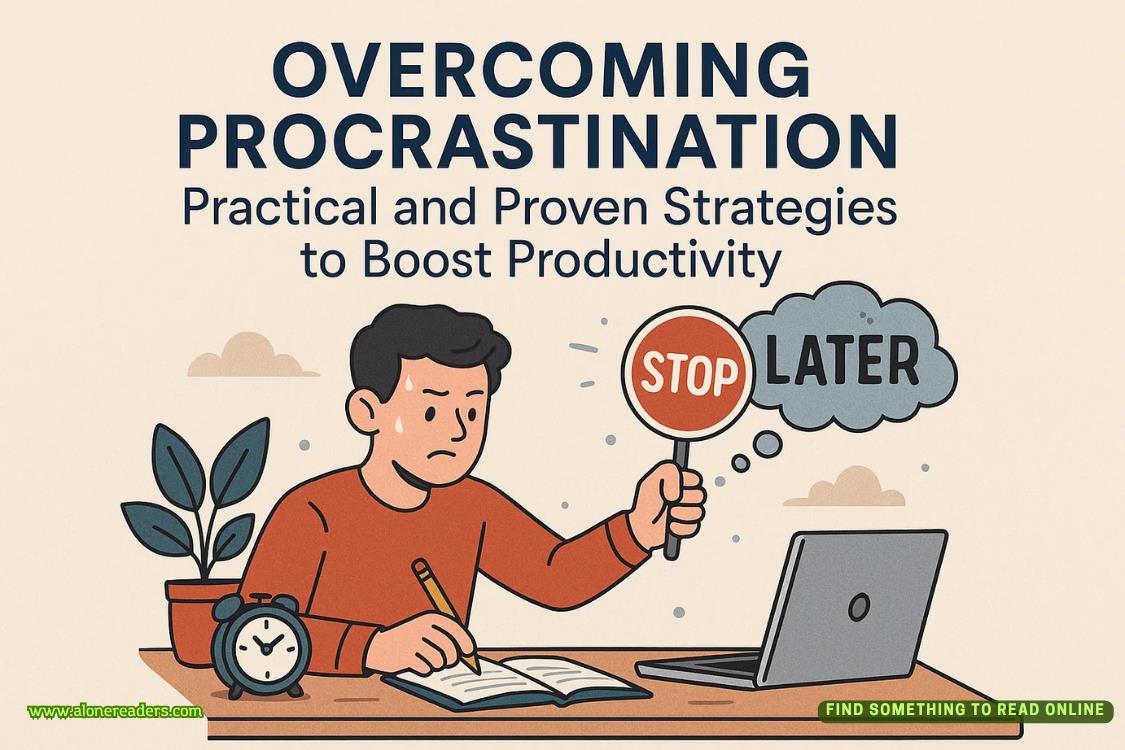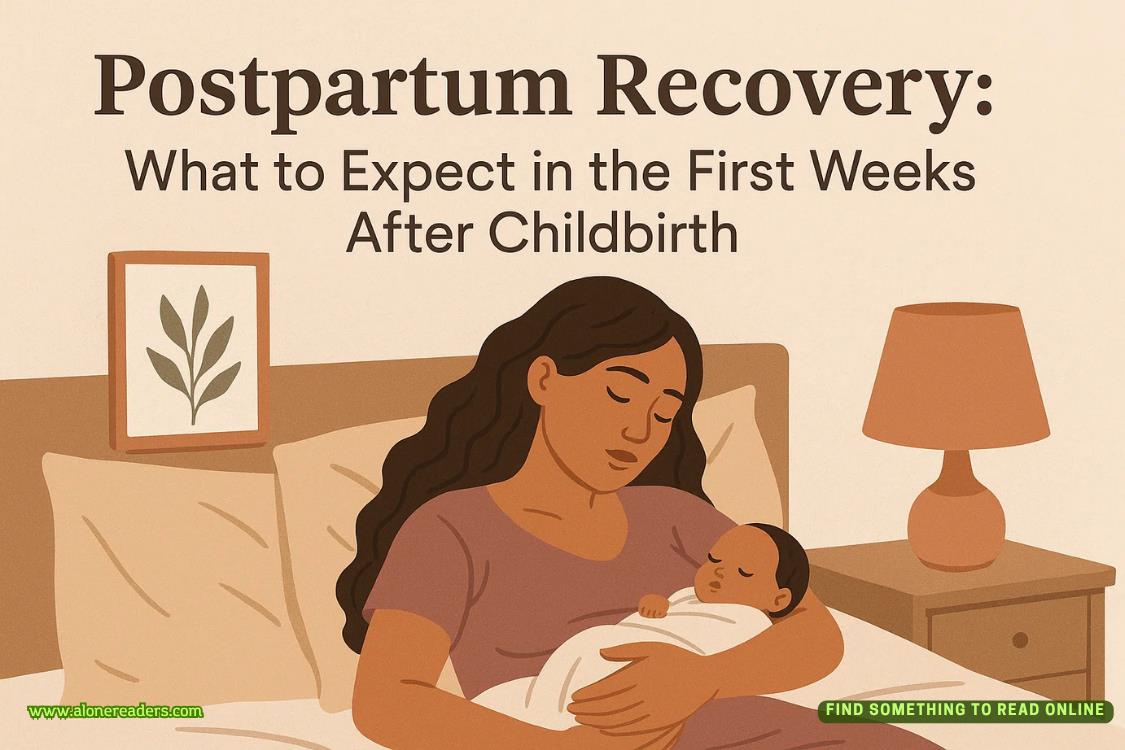Page 37 of Project Hail Mary
And there it was. I couldn’t be 100 percent certain, but I was pretty sure I’d just discovered the whole Astrophage life-cycle. It clicked in my mind like puzzle pieces finally fitting together.
The two holdouts didn’t want to go to Venus anymore. They wanted to go back to the sun. Why? Because one of them just divided and created the other.
Astrophage hang out on the surface of the sun gathering energy via heat. They store it internally in some way no one understands. Then, when they have enough, they migrate to Venus to breed, using that stored energy to fly through space using infrared light as a propellant. Lots of species migrate to breed. Why would Astrophage be any different?
The Aussies already worked out that the inside of Astrophage wasn’t much different from Earth life. It needed carbon and oxygen to make the complex proteins required for DNA, mitochondria, and all the other fun stuff found in cells. There’s plenty of hydrogen on the sun. But the other elements just aren’t present. So Astrophage migrates to the nearest supply of carbon dioxide: Venus.
First, it follows magnetic field lines and goes straight away from the sun’s North Pole. It has to do that, or the light from the sun would be too blinding to find Venus. And going straight up from the pole means the Astrophage will have a full view of Venus’s entire orbital path—no portion of it occluded by the sun.
Ah, and that’s why Astrophage is so inconsistent on reacting to magnetic fields. It only cares about them at the very beginning of its journey and at no other time.
Then it looks for Venus’s massive carbon dioxide spectral signature. Well, not really “looks for.” It’s probably more a simple stimulus-response thing initiated by the 4.26 and 18.31 micron light bands. Anyway, once it “sees” Venus, it goes straight to it. The path it takes—straight away from the solar pole, then sharply turning toward Venus—that’s the Petrova line.
Our heroic Astrophage reaches the upper atmosphere of Venus, collects the CO2it needs, and can finally reproduce. After that, both parent and child return to the sun and the cycle begins anew.
It’s simple, really. Get energy, get resources, and make copies. It’s the same thing all life on Earth does.
And that was why two of my little Stooges didn’t walk toward the light.
So how does Astrophage find the sun? My guess: Look for the extremely bright thing and head that way.
I separated Moe and Shemp (the sun-seekers) from Larry and Curly (the Venus-seekers). I put Larry and Curly on a different slide and put it in a light-sealed sample container. Then I set up an experiment in the dark closet for Moe and Shemp. This time, I put a bright incandescent bulb in there and turned it on. I expected them to head right toward it, but no dice. They didn’t budge. Probably not bright enough.
I went to a photography store downtown (San Francisco has a lot of photography enthusiasts) and bought the largest, brightest, most powerful flash I could find. I replaced the lightbulb with the flash and did the experiment again.
Moe and Shemp took the bait!
I had to sit down and take a breath. I should have taken a nap—I hadn’t slept in thirty-six hours. But this was too exciting. I pulled out my cell phone and dialed Stratt’s number. She answered halfway through the first ring.
“Dr. Grace,” she said. “Find something?”
“Yeah,” I said. “I figured out how Astrophage reproduce and managed to make it happen.”
Silence for a second. “You successfully bred Astrophage?”
“Yes.”
“Nondestructively?” she asked.
“I had three cells. I now have four. They’re all alive and well.”
Silence for another second. “Stay there.”
She hung up.
“Huh,” I said. I put the phone back in my lab coat. “Guess she’s on her way.”
Steve the army guy burst into the lab. “Dr. Grace?!”
“Wha…uh, yeah?”
“Please come with me.”
“Okay,” I said. “Let me just get my Astrophage samples put away—”
“There are lab techs on the way to deal with all that. You have to come with me now.”
“O-Okay…”















